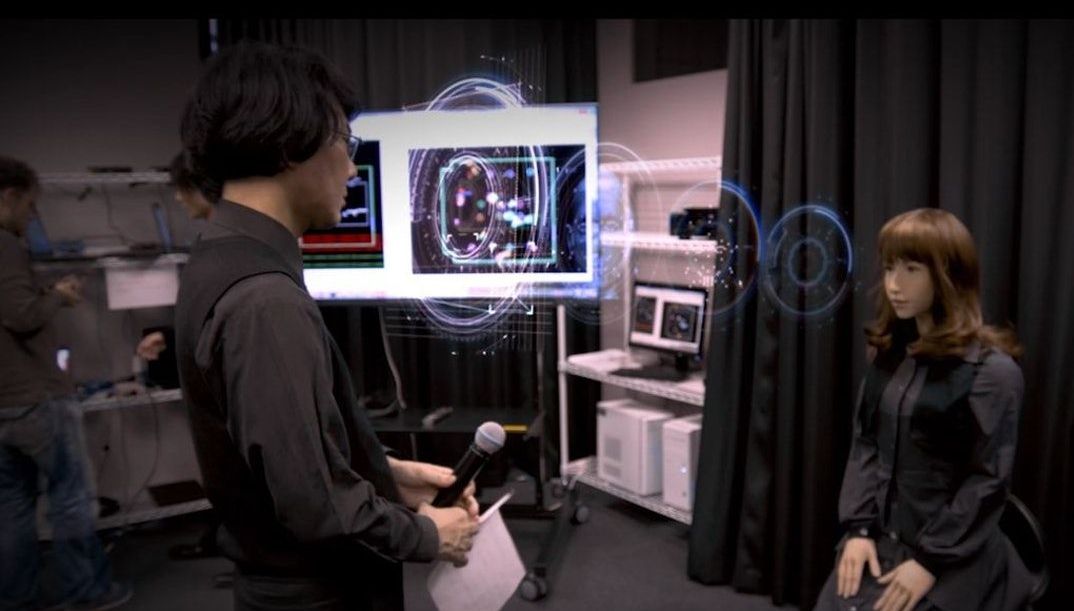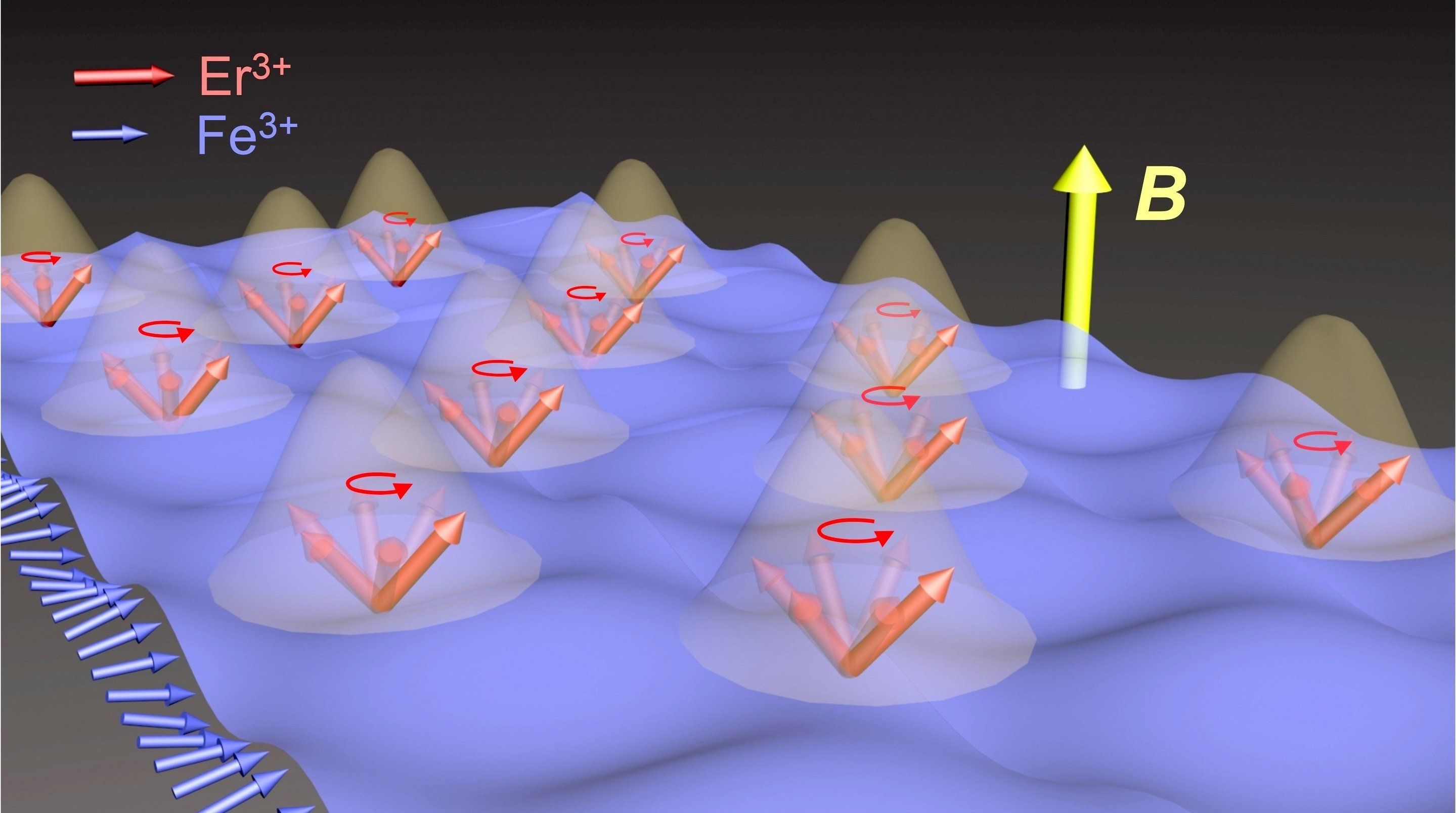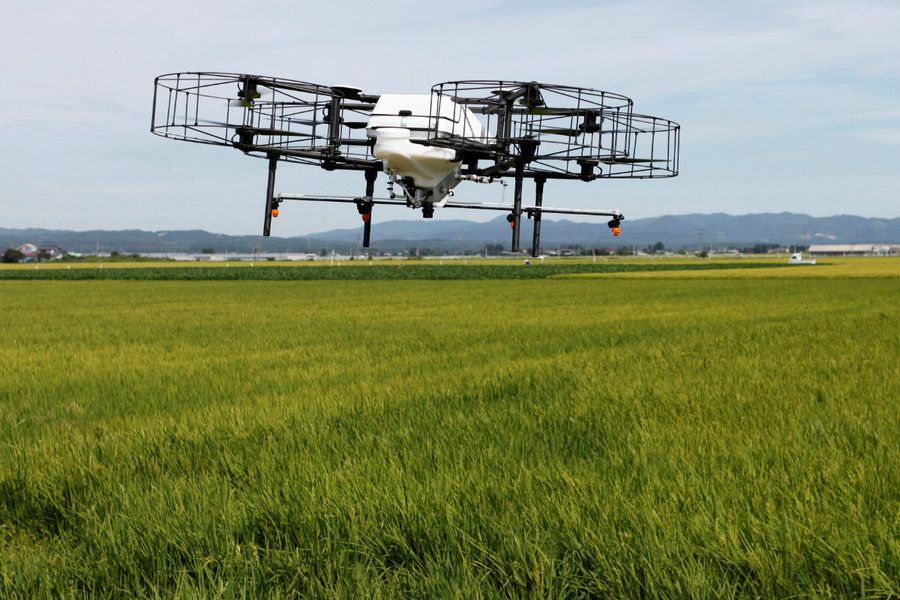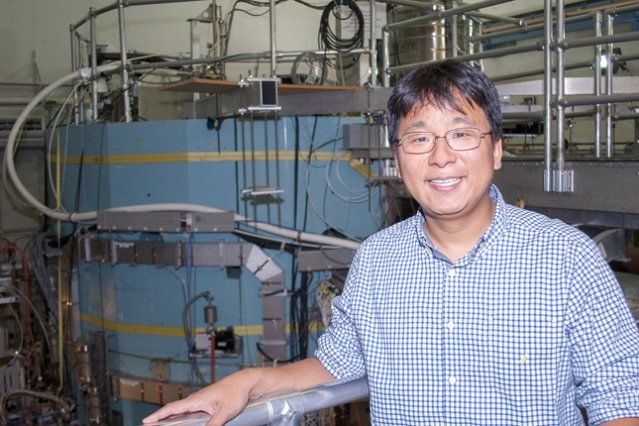Do you agree?
Based on scheduled events and predictions by experts)
Do you agree?
Based on scheduled events and predictions by experts)

NASA — National Aeronautics and Space Administration has issued an alert that a “potentially hazardous asteroid” is on a “close approach” towards Earth.
NASA has issued an alert that a “potentially hazardous asteroid” is on a “close approach” toward Earth. However, it’s nothing to be alarmed at, as the asteroid is expected to zoom past the planet approximately 3 million miles away.
The enormous space rock, known as asteroid 2016 NF23 and estimated to be between 230 and 525 feet in diameter, will zip past Earth on Aug. 29 at a velocity of 9.04 kilometers per second, or approximately 20,000 miles per hour, the government space agency said on its Earth Close Approaches page.
It is the third largest near-Earth object (NEO) on the page, behind two other asteroids which will fly past Earth in the early part of September: 2001 RQ17 and 2015 FP118.

An early moment in the new documentary Do You Trust This Computer? is actually a shot from the Terminator franchise. Human skulls and bones rest among dust and ashes as the robotic soldiers of Skynet march through the remains of an apocalyptic war. What happens between humans and robots in the Terminator films, or other sci-fi movies like The Matrix, War Games, and Ex Machina, might feel like the far away future, but Do You Trust This Computer? suggests that that’s not the case. In fact, the doc implies that we’re much closer to sentient robots walking the Earth than we think – only they may not look exactly like we’ve always imagined, and we are woefully unprepared for the consequences of their consciousness.
Directed by Chris Paine, Do You Trust This Computer? (now playing in New York and available on VOD) explores the role of artificial intelligence in our everyday lives. The film features interviews with some of today’s top AI experts, theorists, professors, and scientists, such as Elon Musk, Westworld creator Jonathan Nolan, and futurist Ray Kurtzwiel. While some people — predominantly those on the side of tech and invention companies — think that AI can help better humanity, most of the others interviewed suggest that we’re on the cusp of something potentially world-ending. As such, the doc offers up a vision of the real near-future that is as fascinating as it is terrifying.
So, what exactly do we have to be so afraid of? After all, there’s plenty of potential good that can come from advancements in AI. Self-driving cars could potentially prevent crashes and save millions of lives around the world; robotics in the medical field can find ailments faster; surgical machines can go where human hands cannot. But automation can also lead to major job loss, the film suggests. Much like the industrial revolution put many humans out of work, so too will robotics. Just take Baxter, an industrial robot, who costs the same amount as one minimum wage worker would in a year, but lasts much longer and can do the work of three people, since he doesn’t need to eat, sleep, or take breaks. Everyone from long-haul drivers and taxi drivers to data entry workers to those in white-collar industries like business, journalism, and medicine will be affected.

After their recent pioneering experiments to couple light and matter to an extreme degree, Rice University scientists decided to look for a similar effect in matter alone. They didn’t expect to find it so soon.
Rice physicist Junichiro Kono, graduate student Xinwei Li and their international colleagues have discovered the first example of Dicke cooperativity in a matter-matter system, a result reported in Science this week.
The discovery could help advance the understanding of spintronics and quantum magnetism, Kono said. On the spintronics side, he said the work will lead to faster information processing with lower power consumption and will contribute to the development of spin-based quantum computing. The team’s findings on quantum magnetism will lead to a deeper understanding of the phases of matter induced by many-body interactions at the atomic scale.

Preparations are underway to launch into space the most advanced laser instrument of its kind next month. It will begin a mission to measure – in unprecedented detail – changes in the heights of Earth’s polar ice. Learn more about NASA ICE’s #ICESat2: https://go.nasa.gov/2wfA7T2

For decades, researchers have been exploring ways to replicate on Earth the physical process of fusion that occurs naturally in the sun and other stars. Confined by its own strong gravitational field, the sun’s burning plasma is a sphere of fusing particles, producing the heat and light that makes life possible on earth. But the path to a creating a commercially viable fusion reactor, which would provide the world with a virtually endless source of clean energy, is filled with challenges.
Researchers have focused on the tokamak, a device that heats and confines turbulent plasma fuel in a donut-shaped chamber long enough to create fusion. Because plasma responds to magnetic fields, the torus is wrapped in magnets, which guide the fusing plasma particles around the toroidal chamber and away from the walls. Tokamaks have been able to sustain these reactions only in short pulses. To be a practical source of energy, they will need to operate in a steady state, around the clock.
Researchers at MIT’s Plasma Science and Fusion Center (PSFC) have now demonstrated how microwaves can be used to overcome barriers to steady-state tokamak operation. In experiments performed on MIT’s Alcator C-Mod tokamak before it ended operation in September 2016, research scientist Seung Gyou Baek and his colleagues studied a method of driving current to heat the plasma called Lower Hybrid Current Drive (LHCD). The technique generates plasma current by launching microwaves into the tokamak, pushing the electrons in one direction—a prerequisite for steady-state operation.

Increasing the value of agriculture waste and turning it into new products will be the outcome of a new $10.9 million research consortium led by the University of Adelaide.
The research consortium – Agricultural Product Development – has been granted $4 million over four years by the State Government through its Research Consortia Program. The University of Adelaide is contributing $2.3 million (cash and in-kind) with the remaining support coming from a range of partners.
The consortium will bring together a total of 18 partners to develop high-value products from agricultural waste: nine South Australian-based companies from the agriculture and food sector, and another nine national and international academic institutions and industry partners.

Packing more energy into batteries is the key to delivering electric cars with longer range, smartphones that can last days—and cheaper electronic products all around.
The promise: Lithium-oxygen batteries represent one of the more promising paths toward that end. They could boost energy density by an order of magnitude above conventional lithium-ion batteries—in theory, at least. In a paper published today in Science, researchers at the University of Waterloo identified ways of addressing some of the major hurdles to converting that potential into commercial reality.
The challenge: A critical problem has been that as a lithium-oxygen battery discharges, oxygen is converted into superoxide and then lithium peroxide, reactive compounds that corrode the battery’s components over time. That, in turn, limits its recharging ability—and any real-world utility.